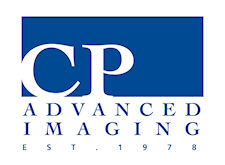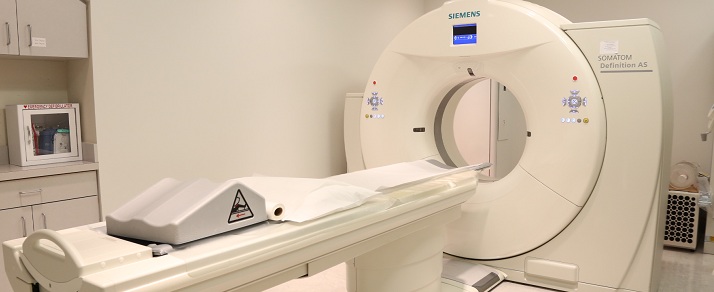 CT colonoscopy, also known as virtual colonoscopy, is a specialized CT scan which provides a detailed view of the colon. Virtual colonoscopy is minimally invasive and does not require anesthesia unlike conventional colonoscopy.
CT colonoscopy, also known as virtual colonoscopy, is a specialized CT scan which provides a detailed view of the colon. Virtual colonoscopy is minimally invasive and does not require anesthesia unlike conventional colonoscopy.
Colorectal cancer is the second leading cause of cancer-related deaths in the United States. Overall, the lifetime risk of developing colorectal cancer is about 1 in 20. The major reason for performing CT colonoscopy is to check for polyps or cancers in the colon. Polyps are growths that arise from the inner lining of the intestine. Some polyps may grow and turn into cancers. CT colonoscopy is used to find polyps in their early stages, so that they can be removed before cancer has had a chance to develop.
For the 24 hours prior to the exam, do not eat solid food. Drink only clear liquids like juice, tea, black coffee, cola or broth, and avoid dairy. After midnight the night before the exam, do not eat or drink anything. You will take a laxative medicine the night before the exam and a cleansing enema in the morning a few hours before your appointment.You should wear loose, comfortable clothing, avoiding garments that have zippers, belts, or buttons made of metal. You may be asked to wear a gown during the procedure. You will be asked to remove keys and jewelry from the area being scanned.
Women should always inform their physicians and the technologist if there is any possibility of pregnancy.
The technologist begins by positioning you on the CT examination table, usually lying flat on your back or less commonly, on your side or on your stomach. A small, flexible tube will be passed into your rectum to allow air to be gently pumped into the colon using a hand-held squeeze bulb.Sometimes a retention balloon is inflated on the rectal tube to help keep the tube positioned correctly. Next, the table will move through the scanner.
Patients are asked to hold their breath for about 15 seconds before turning over and lying on their back or side for a second pass that is made through the scanner. Once the scan is done, the tube is removed. The entire examination is usually completed within 30 minutes.
(212) 219 - 9135








